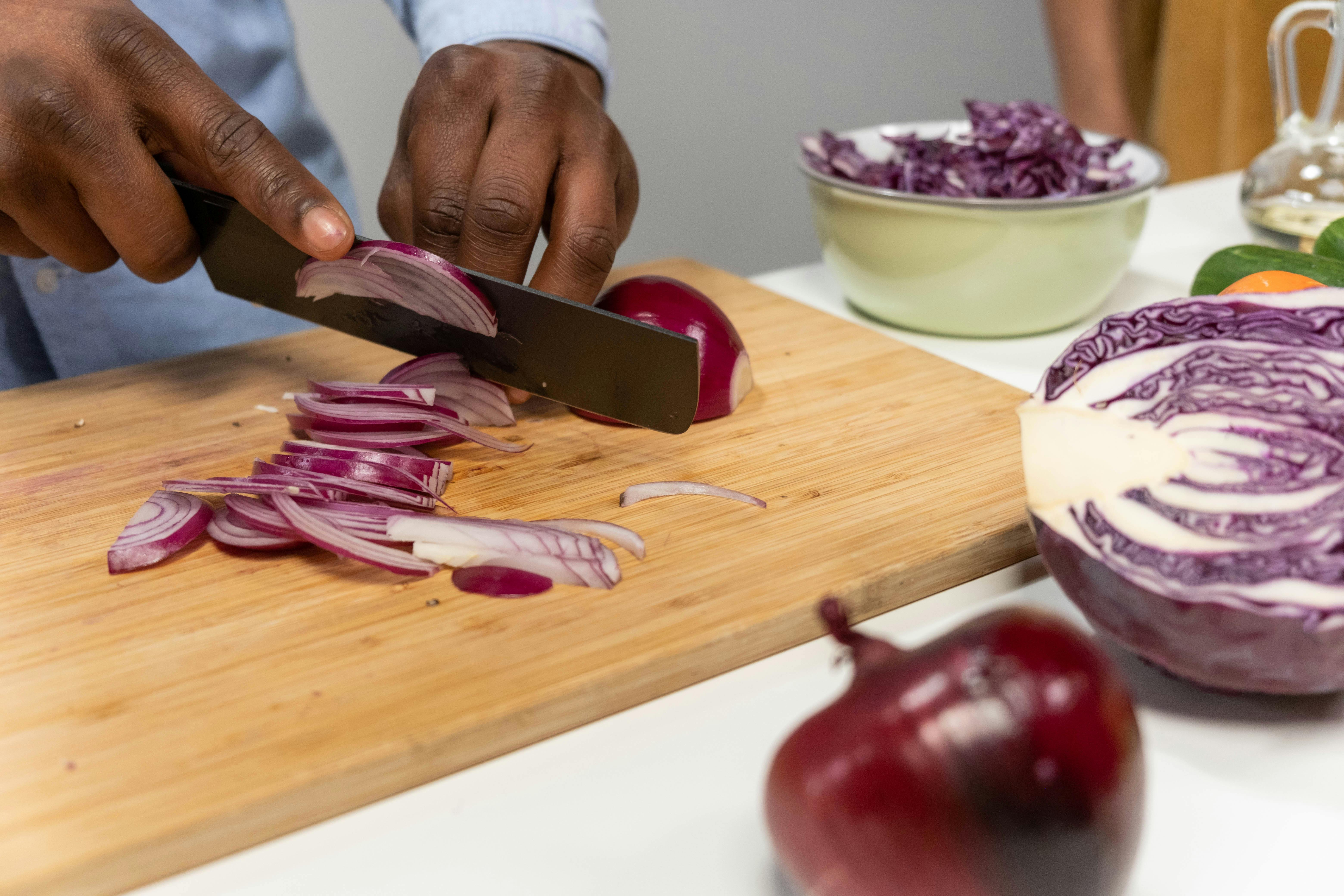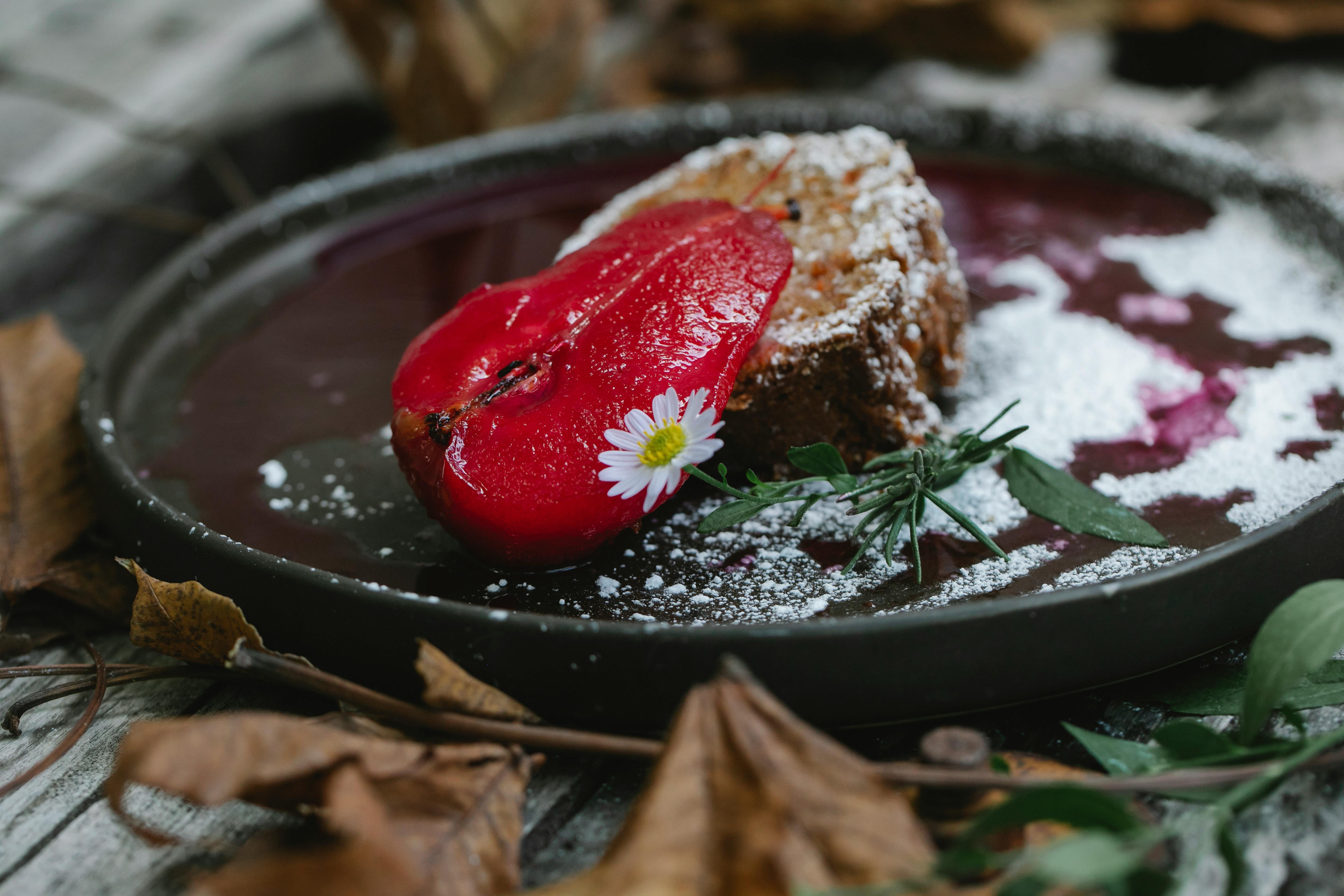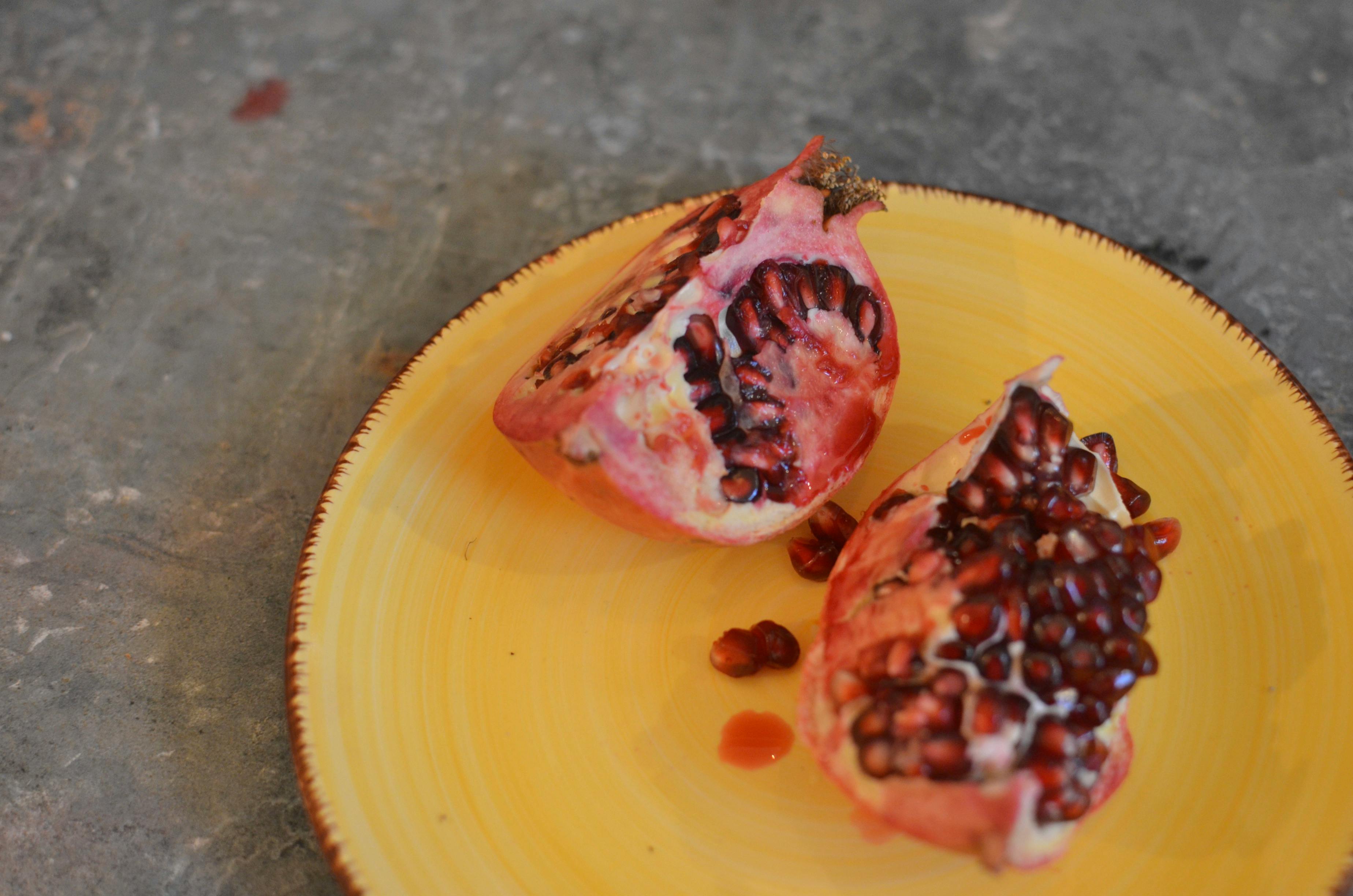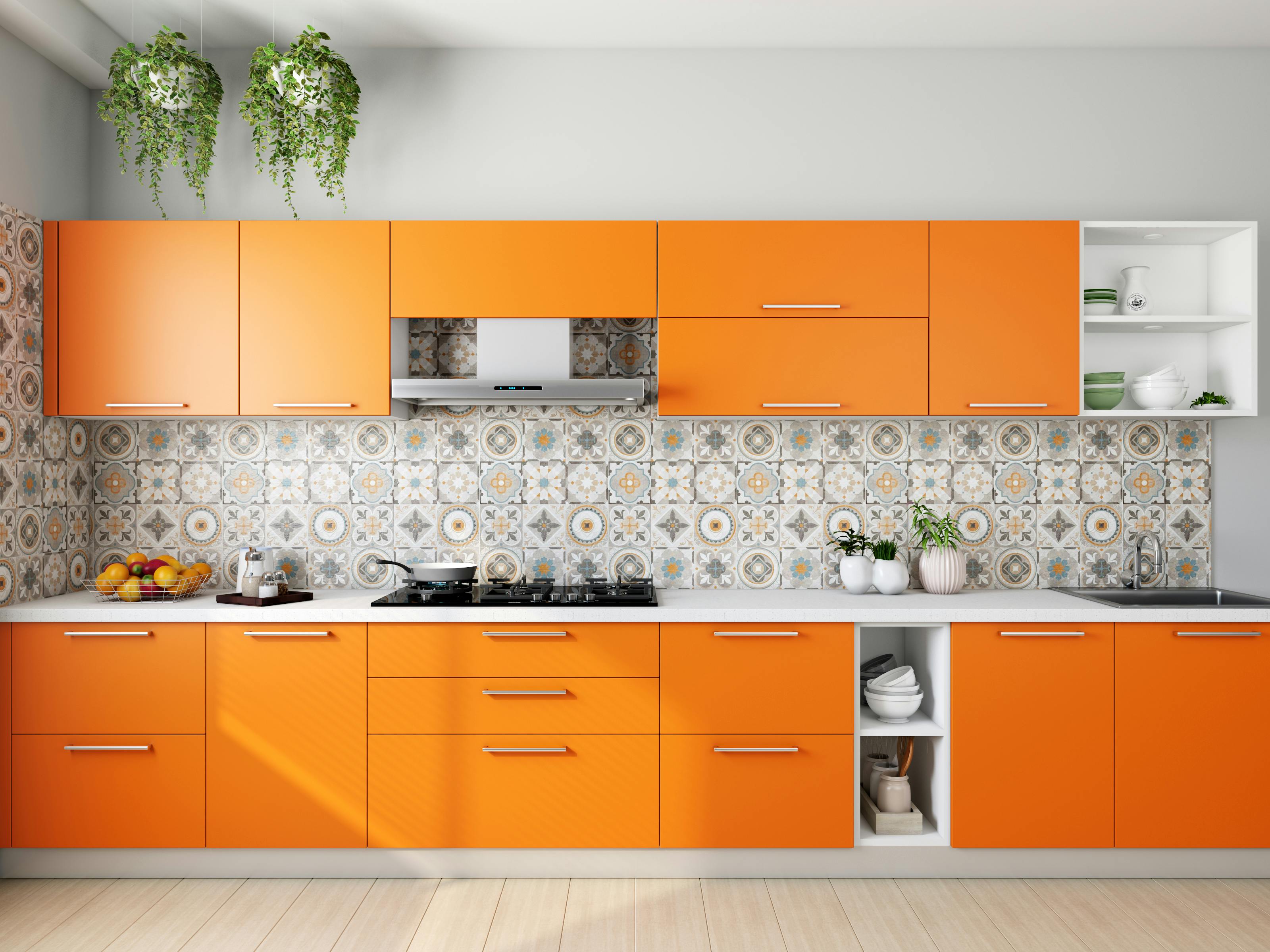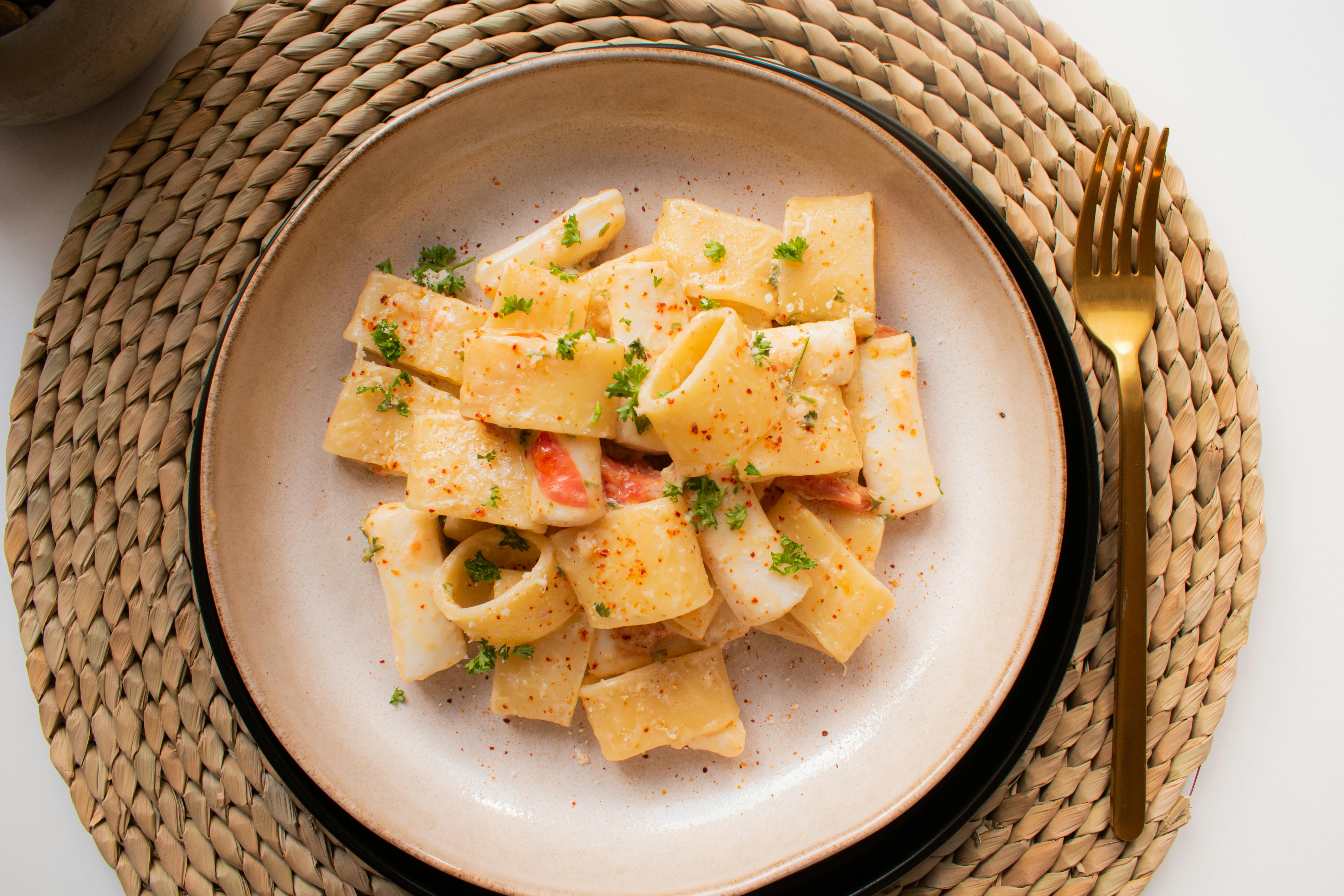Antiques are much more than the inanimate objects of yesteryear, consisting of wood, metals, and glass. They are more often the touchstone of memories of past generations. But due to age, those treasured keepsakes come with their own set of problems. For example, a piece of molding may be missing from an antique picture frame or the traditional plaster work on a historic sculpture may be chipped. An antique sofa may have a broken leg, or an antique dresser may be missing a knob.
Unfortunately, exact replacements may no longer be available on the market. Replacing with mismatched substitutes will only undermine the value of precious antiques and make it look out of place. In fact, antique collectors are often resigned to scouring junkyards in the vain hope of finding an antique piece that meets their needs.
The easy fix!
There are good news. Antiques can be lovingly repaired and restored by using simple mold-making and casting techniques. In fact, it is possible to create a duplicate piece that is not only the same color, shape, and material, but also matches the precise texture, carving, and engraving.
The procedure begins with the making of a negative mold of the part to be replaced. In the event that a part of a picture frame is damaged or a plaster cornice has worn away, simply create a mold from another similar section of the original. Liquid latex rubber or clay can be applied to the frame or cornice to capture a mold. If you are missing knobs, handles, or legs, unscrew another knob or leg before making a mold with clay, plaster, or silicone rubber.
In any case, the application of an effective and good quality release agent is crucial. This will ensure that the mold comes off easily and doesn’t end up damaging the old piece in any way. Once the mold has cured properly, it will capture the precise shape and size of the missing piece until carving and engraving.
The next step is to cast the mold in polyurethane rubber, silicone rubber, or even resin. However, the casting artist first has to determine the type of material from which the missing or damaged part was made.
Whether it’s metal, stone, or wood, it’s possible to duplicate the same look using cold cast powders. Various cold casting powders are available on the market, including iron, aluminum, tin, copper, bronze, and brass. Tin powder can also be used to replicate the look of pewter, nickel silver, or stainless steel. Then there is marble dust to replicate the look of stone, limestone dust for porcelain, and even walnut shell dust to simulate wood.
The required powder must be mixed with polyurethane resin in the prescribed proportion before pouring it into the mould. For larger pieces, it’s even possible to replicate the look by painting, spraying, dusting, or brushing the powder to create a thin layer on the mold. Polishing the finished model will reveal the authentic look of metal, stone, or wood, as desired.
Therefore, it is possible to repair and restore beloved antiques using clay, plaster, silicone rubber, or latex rubber in molds and castings.
